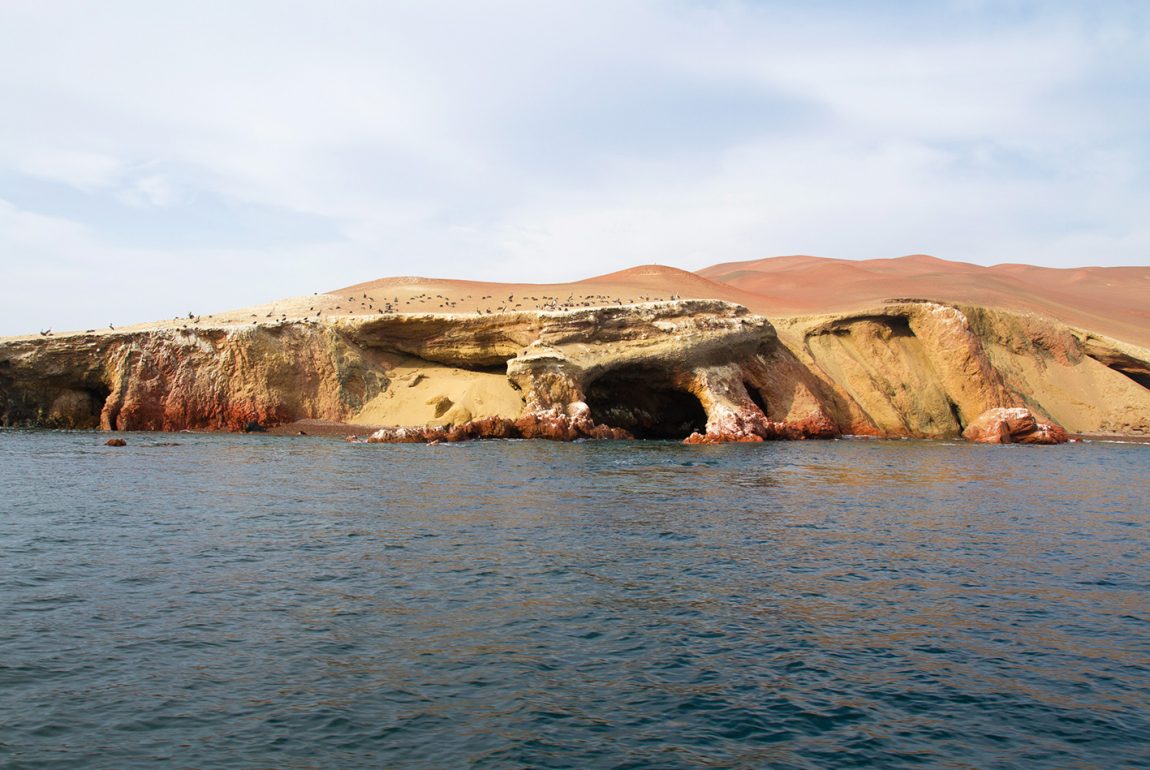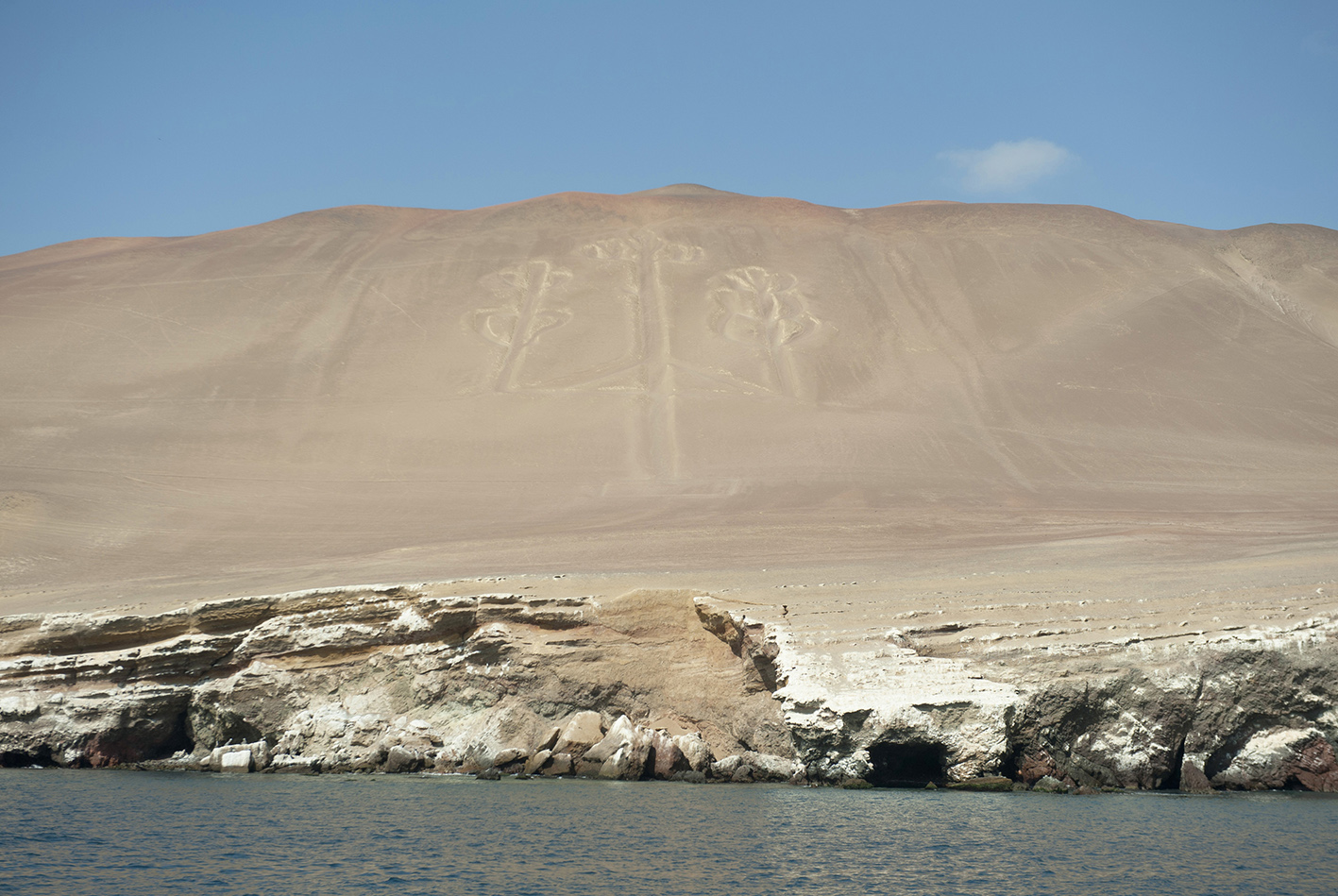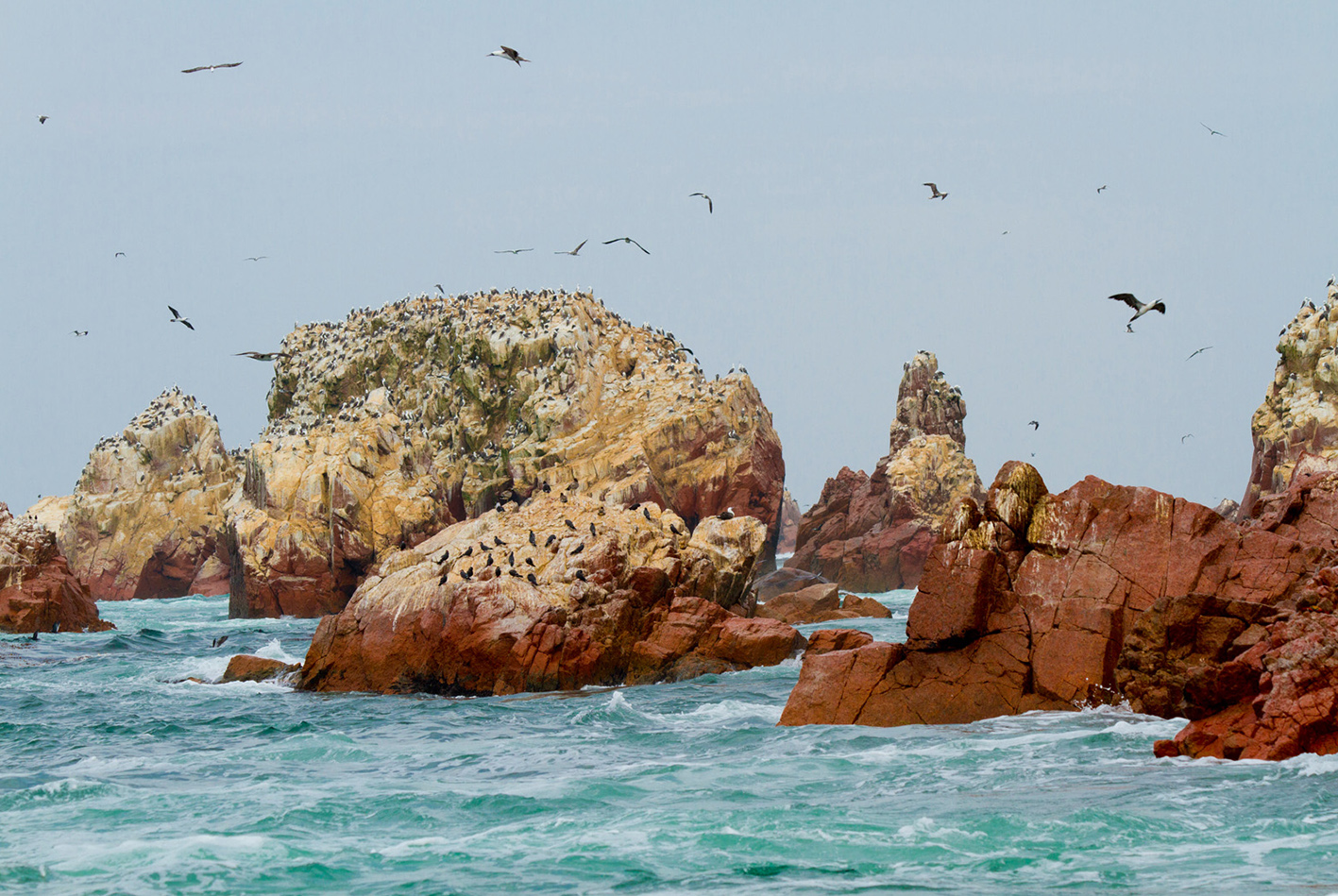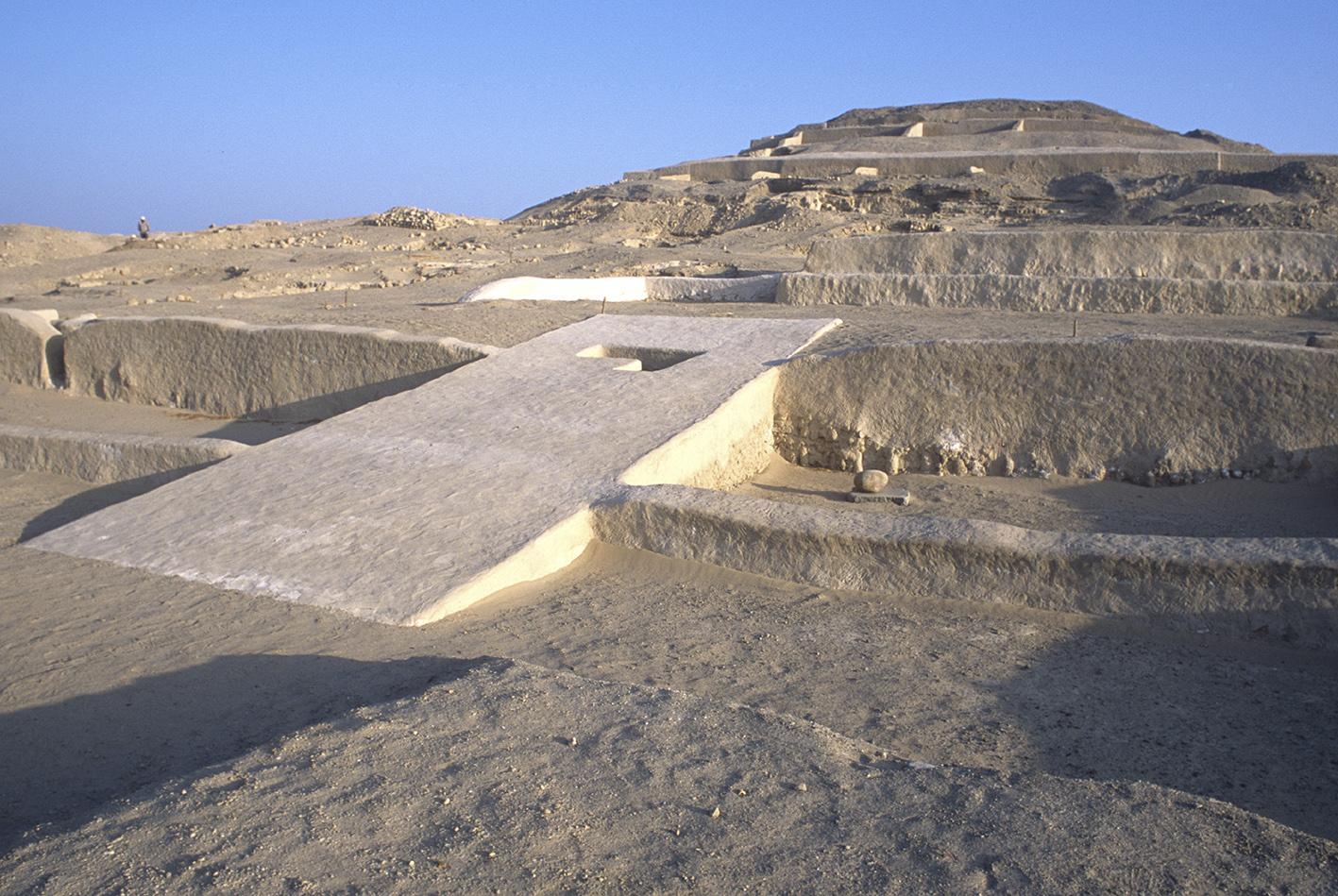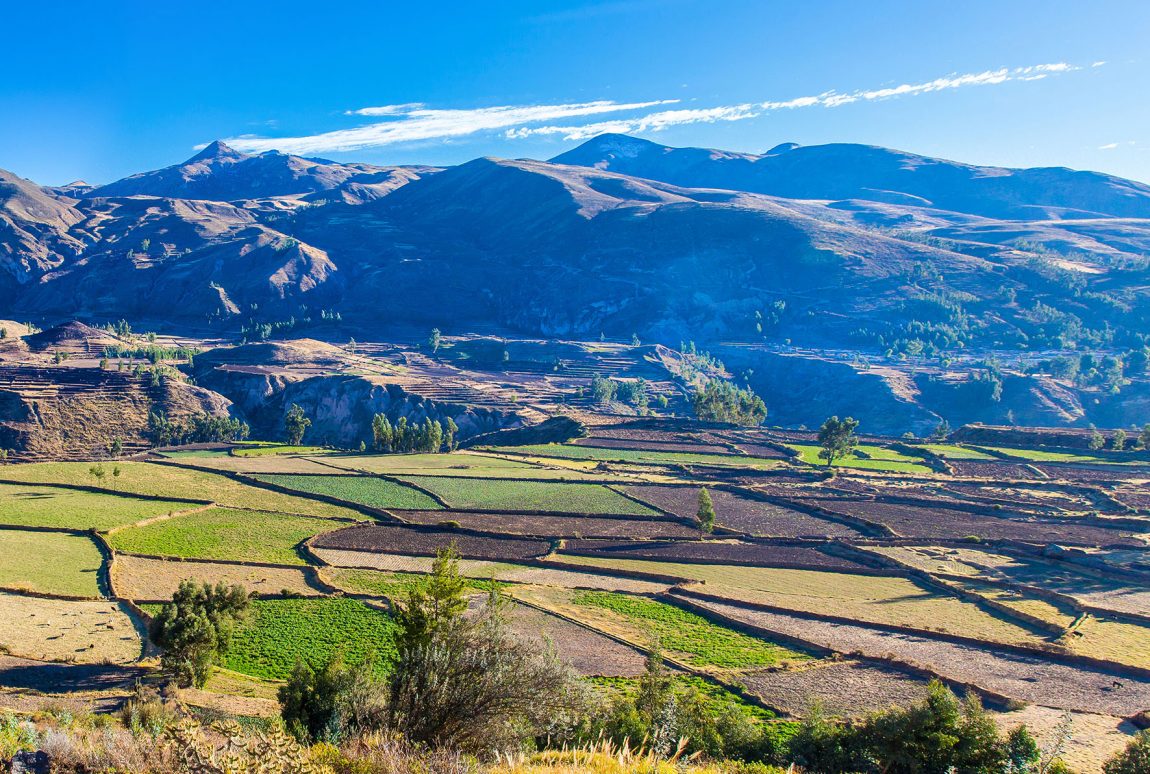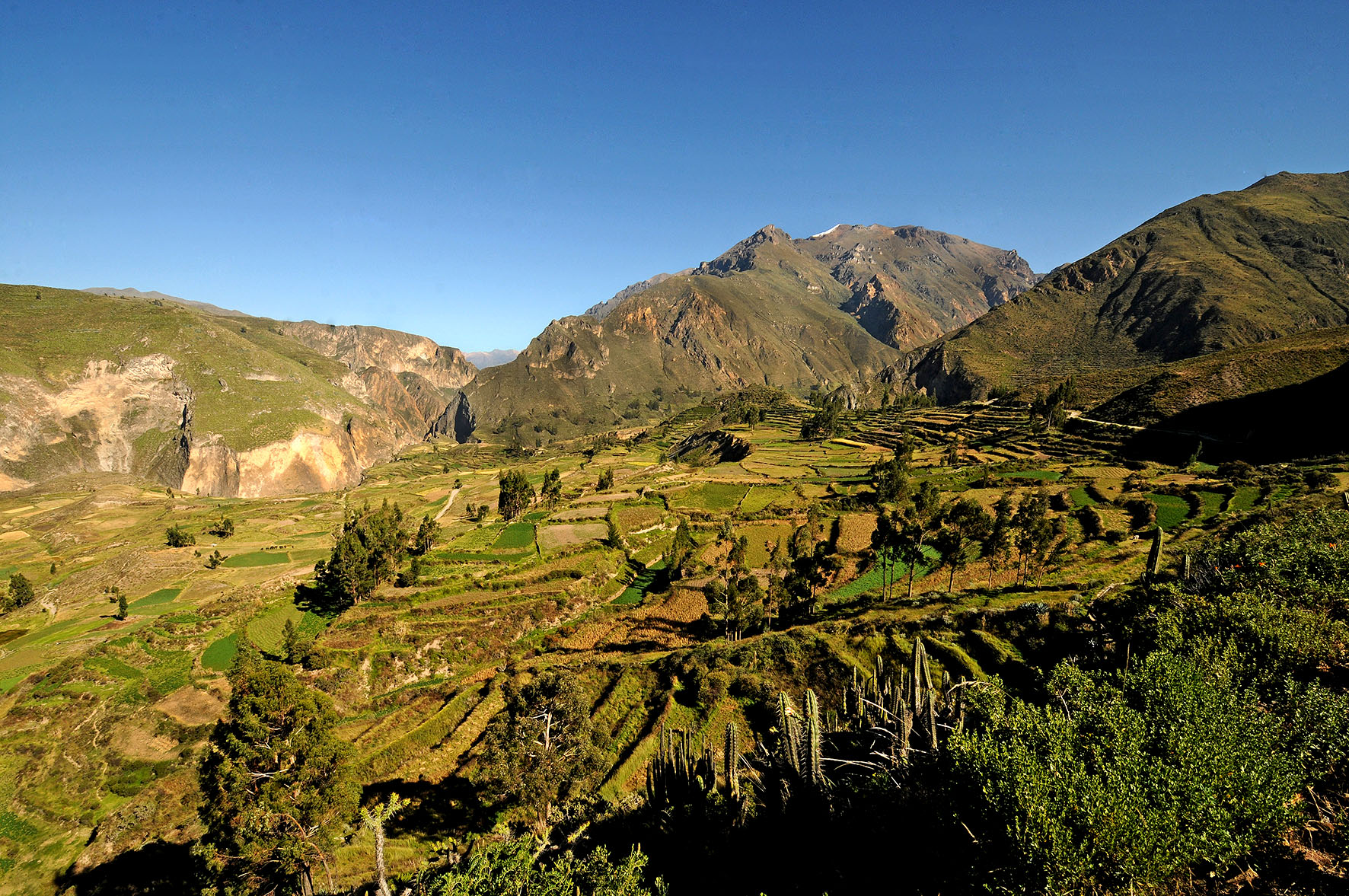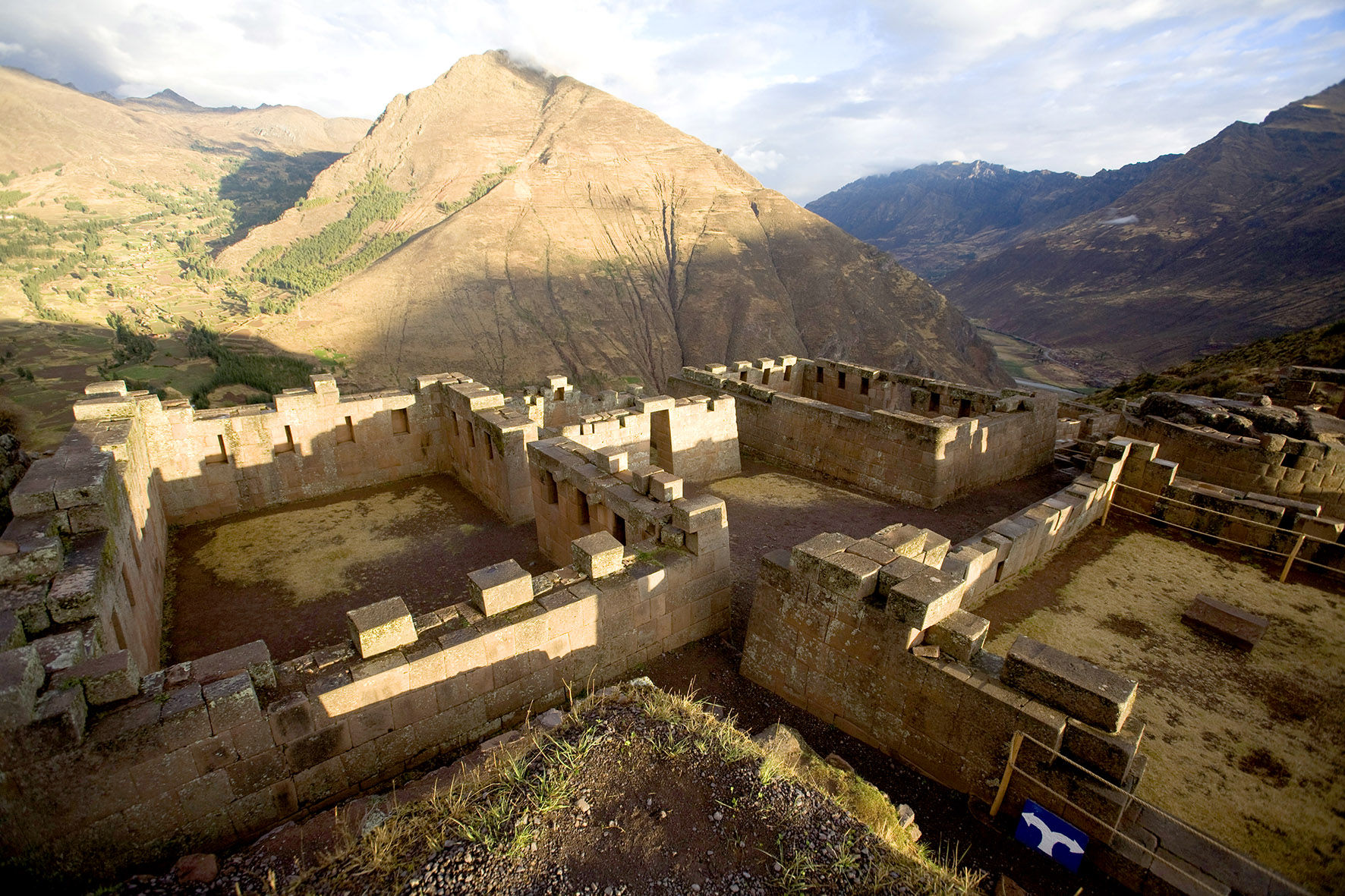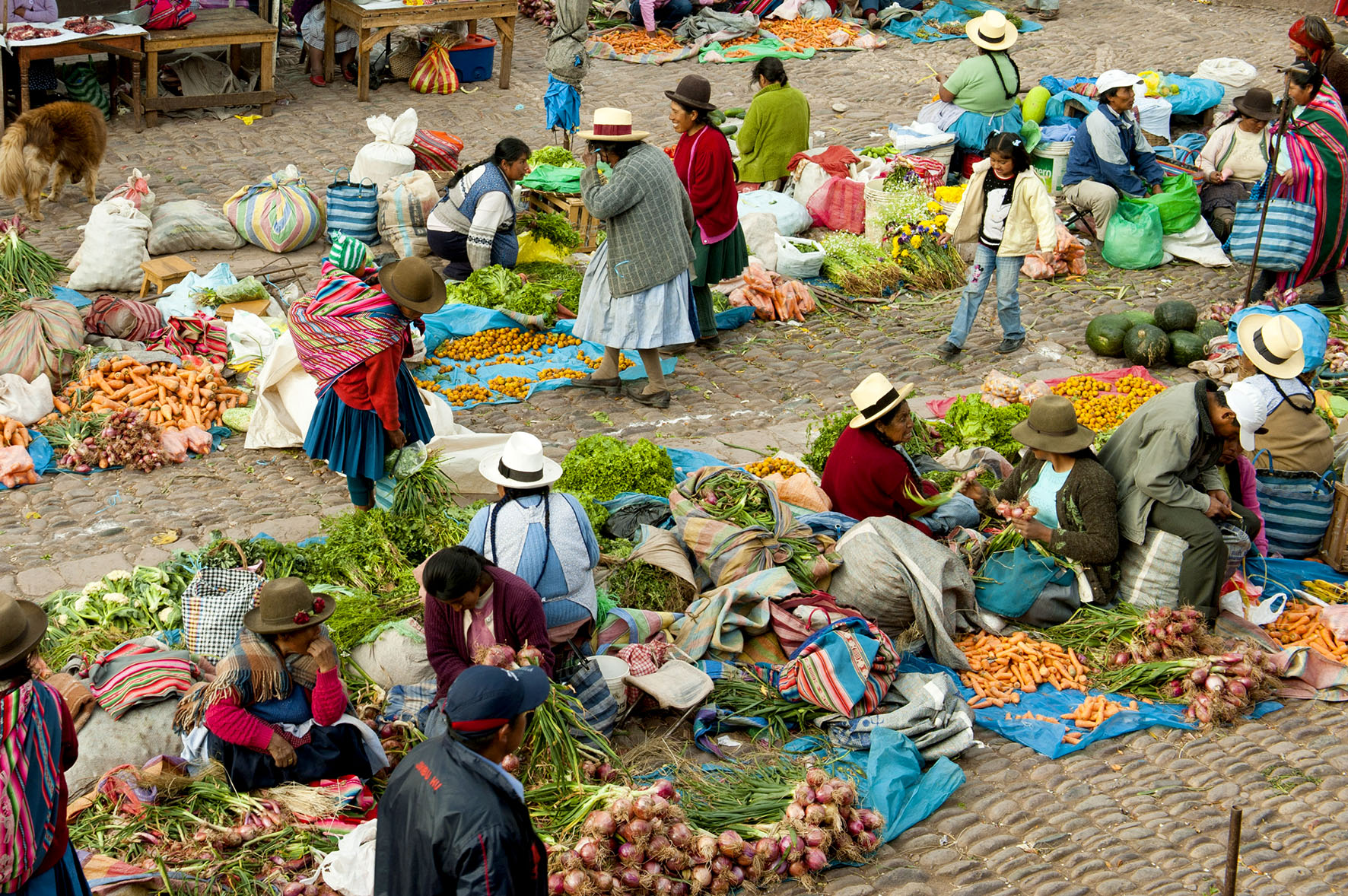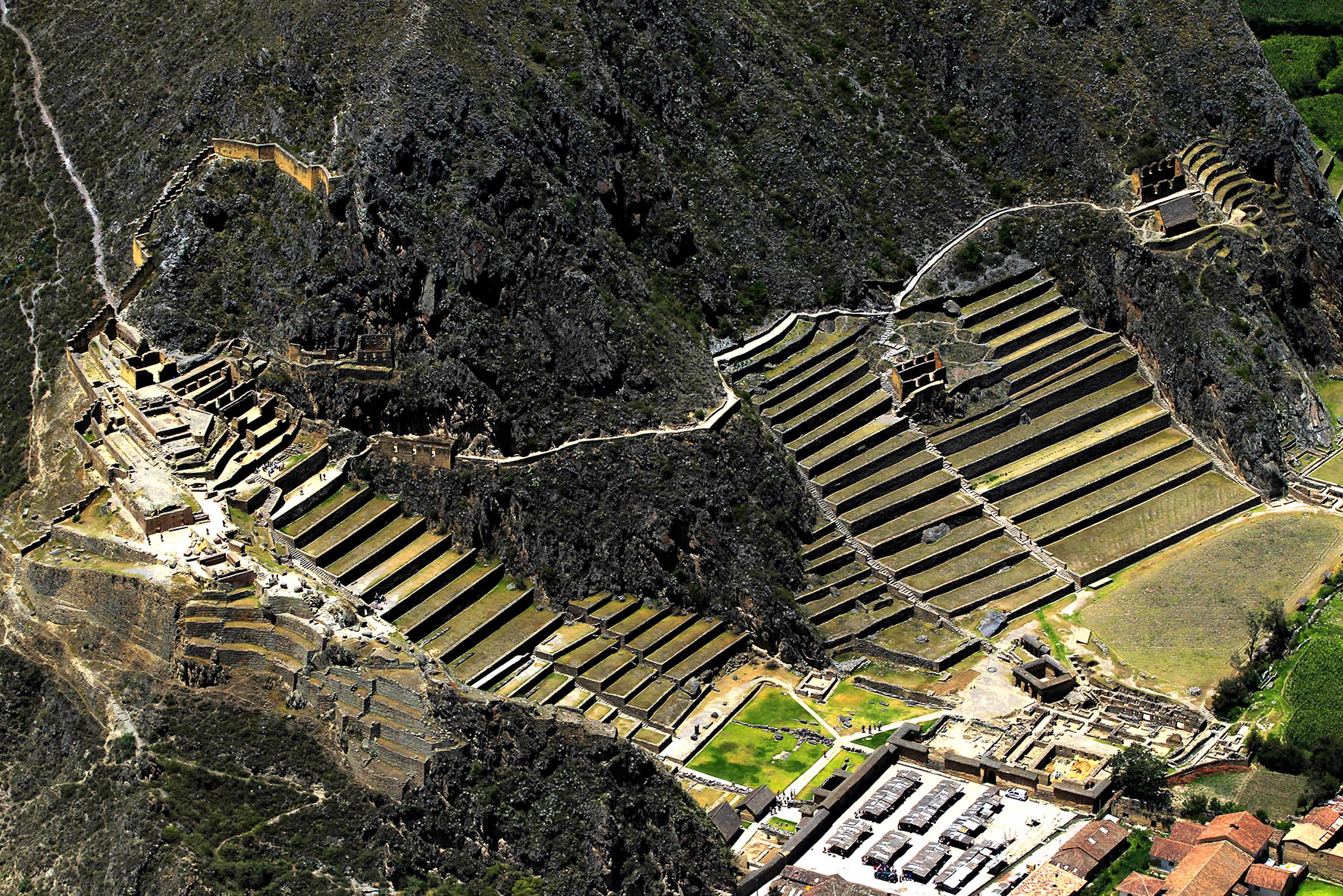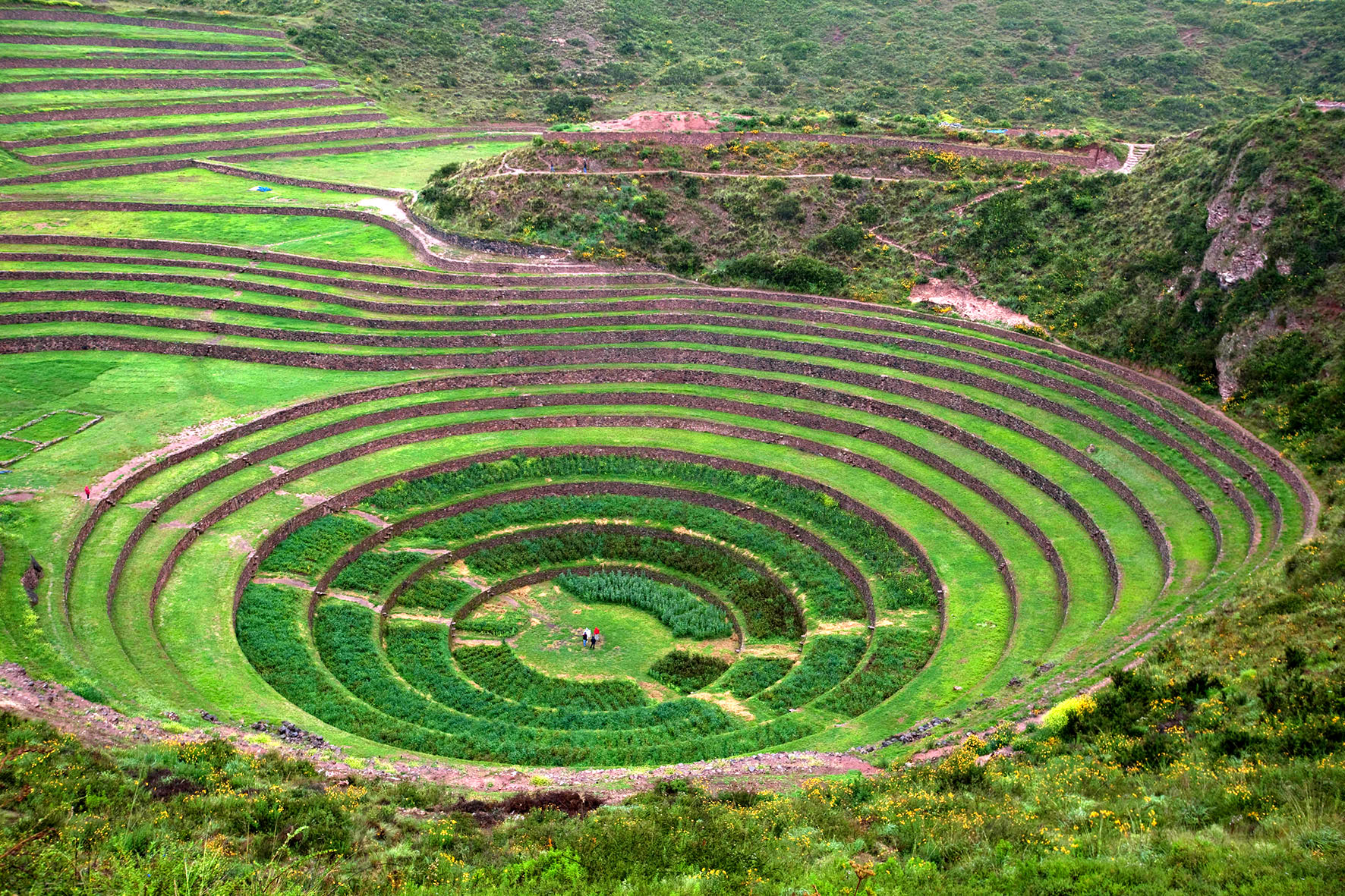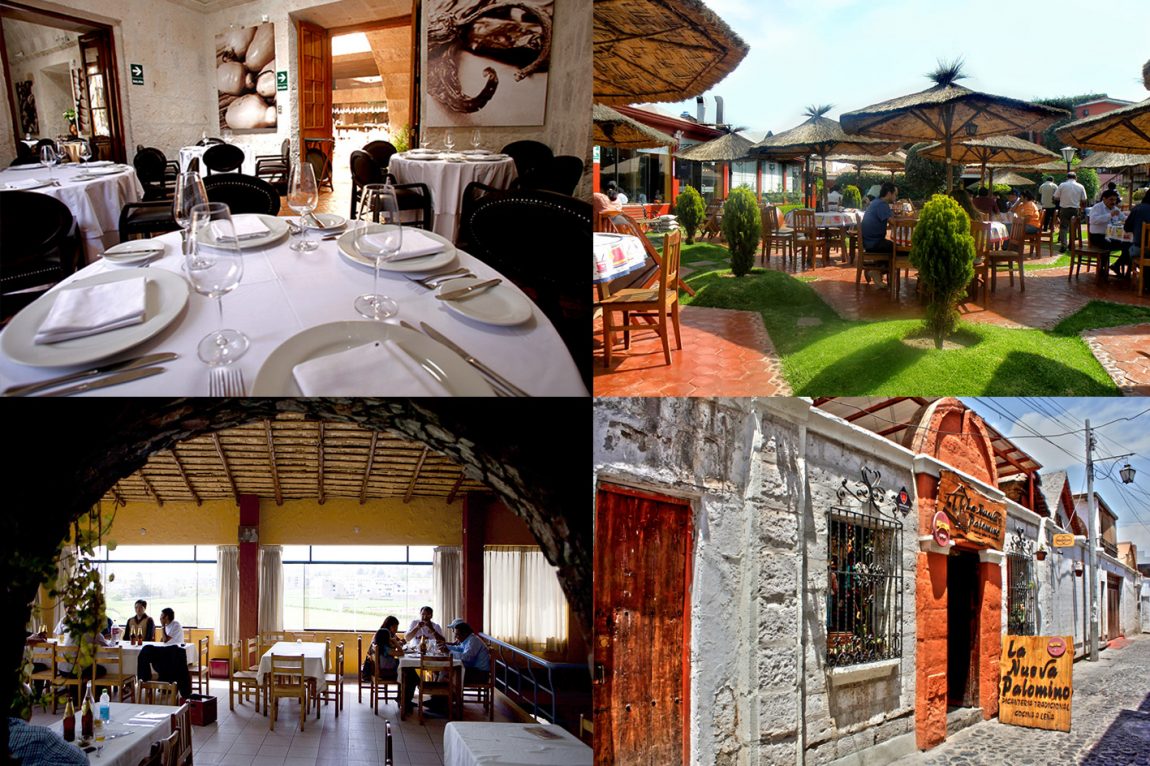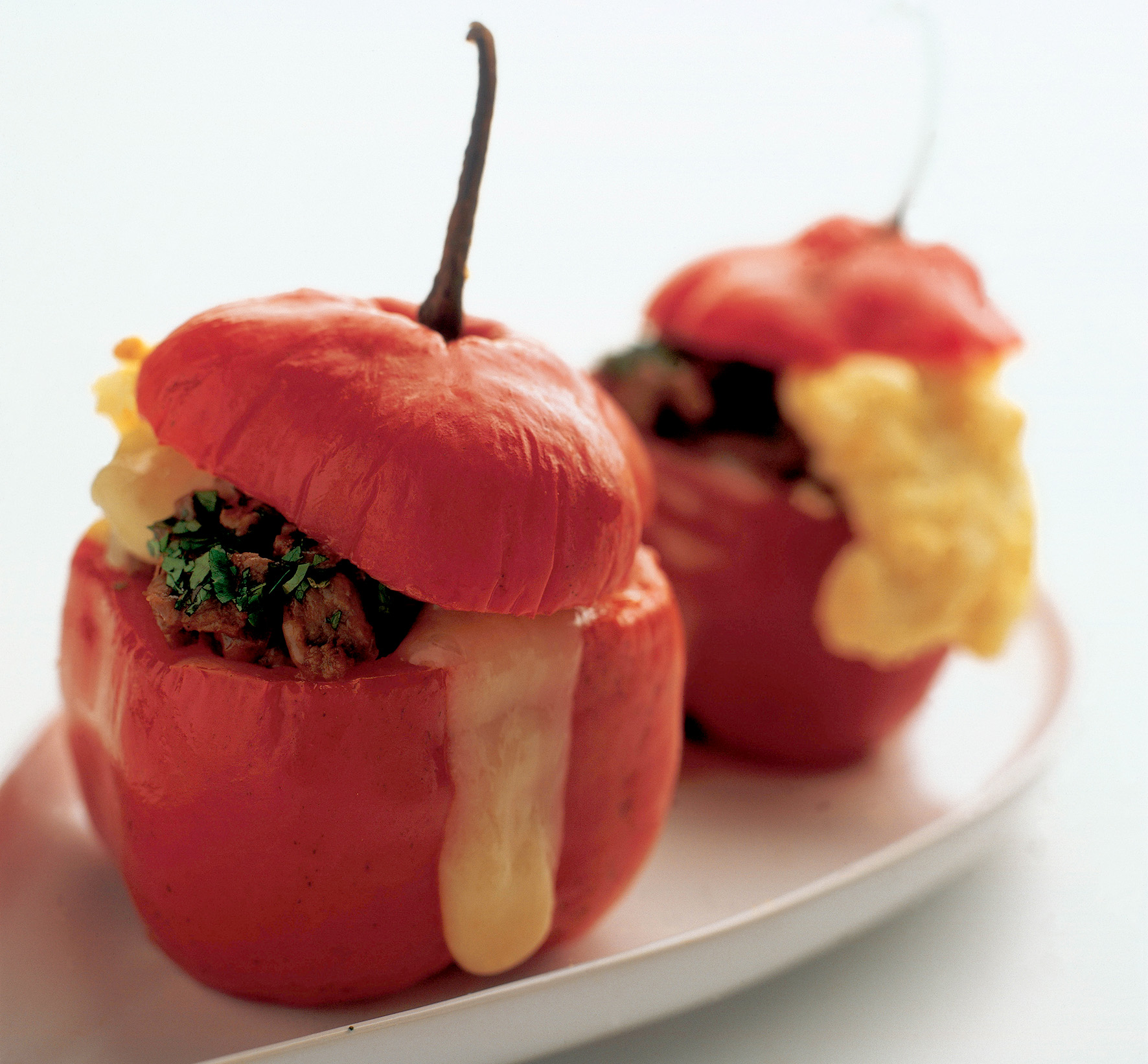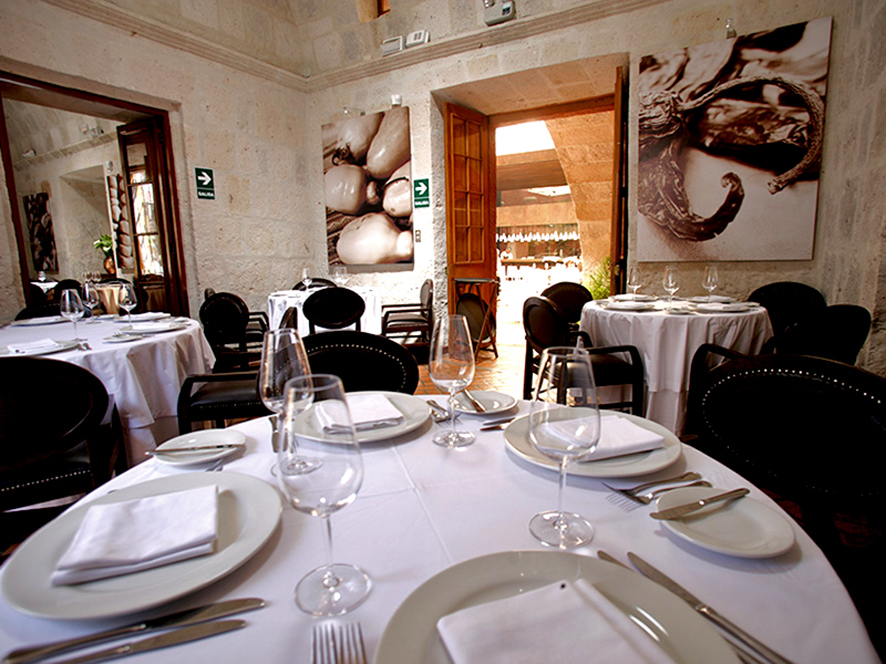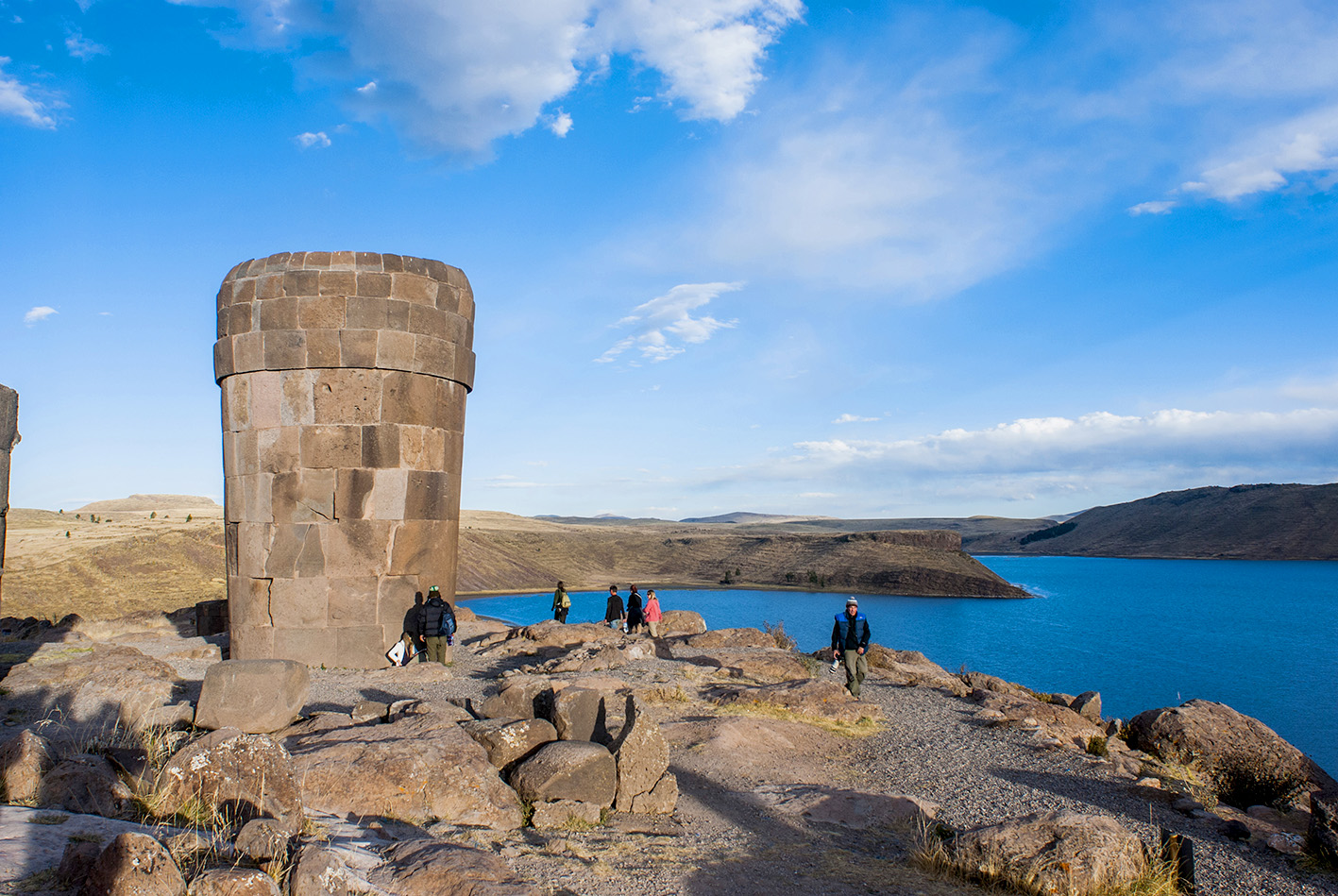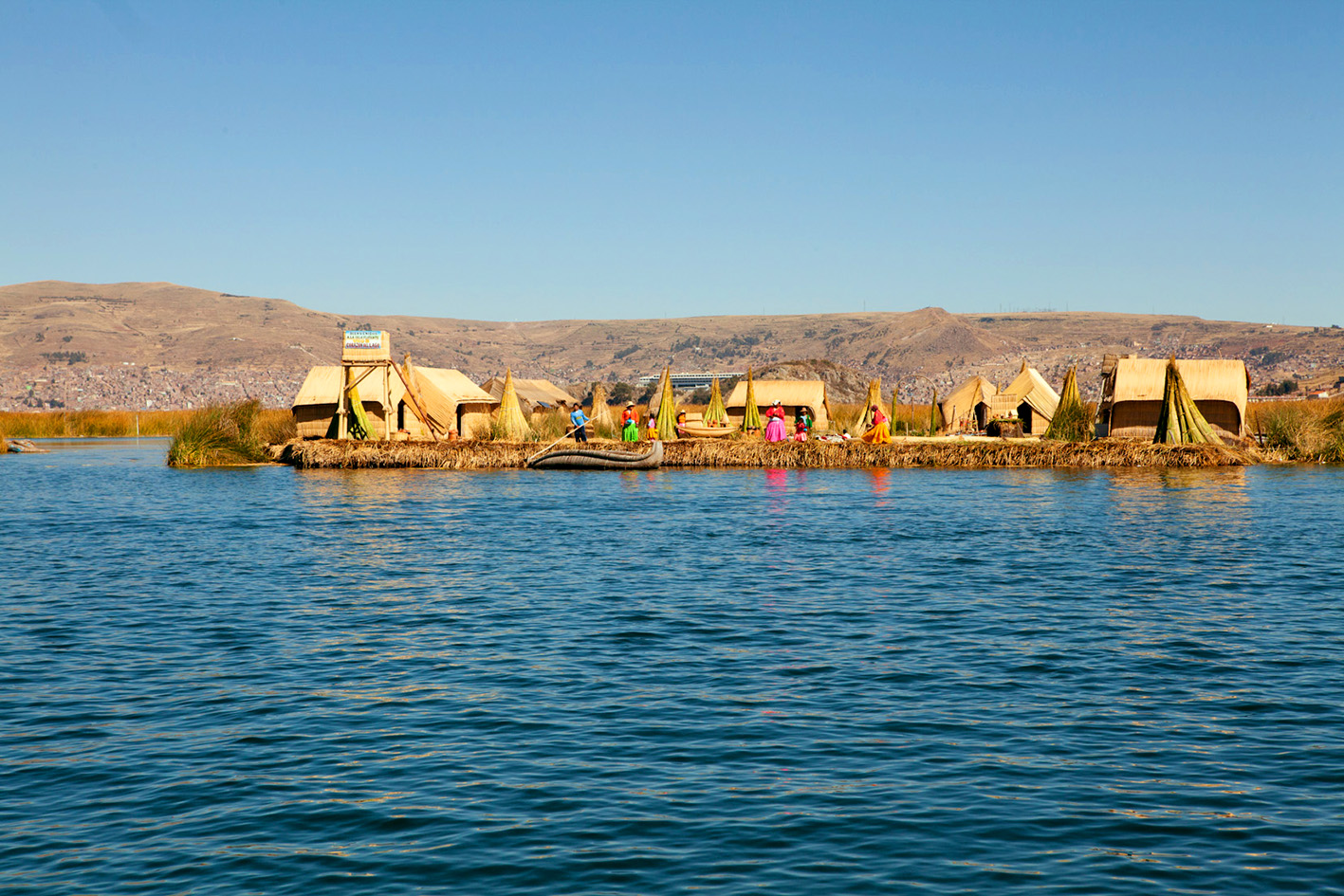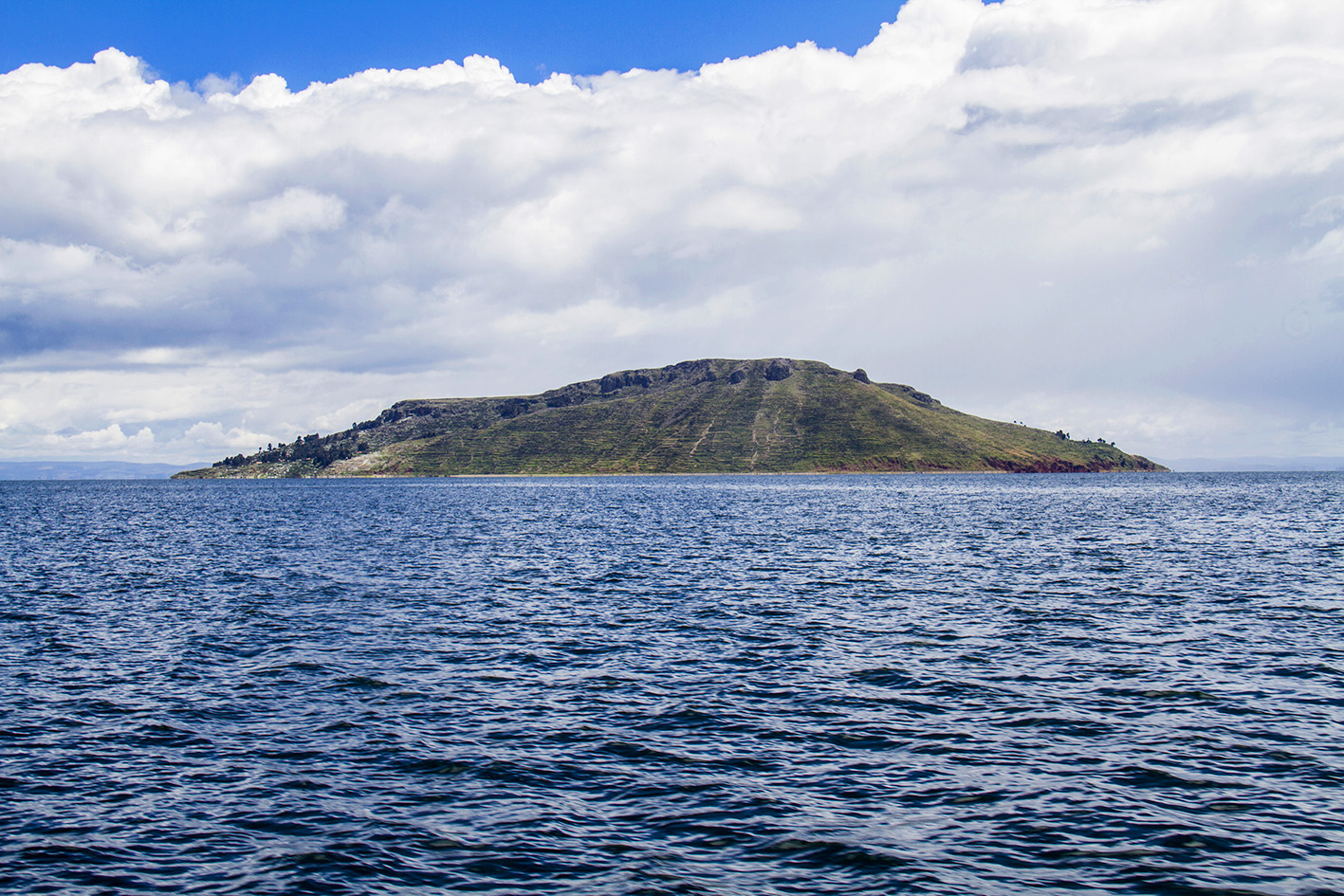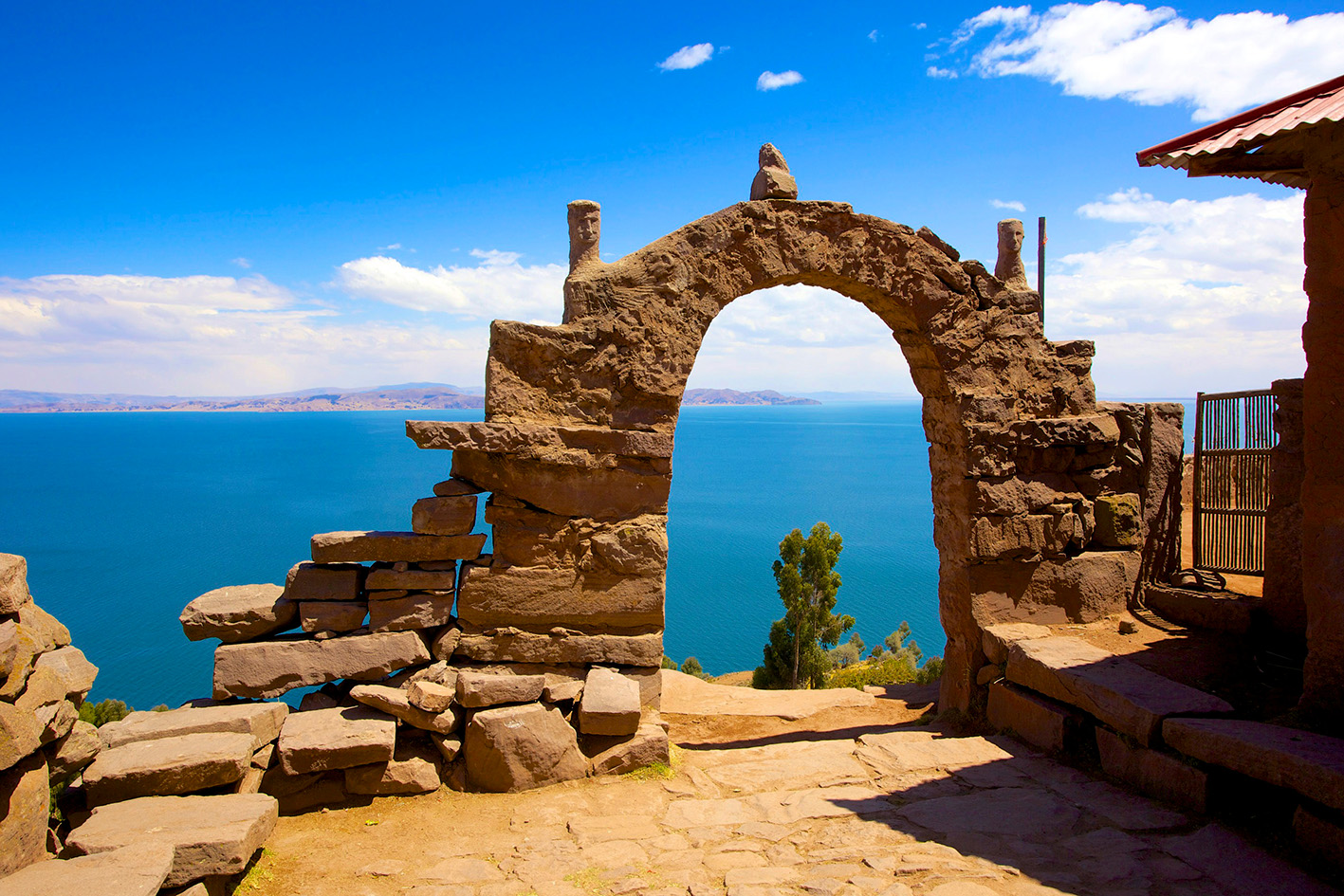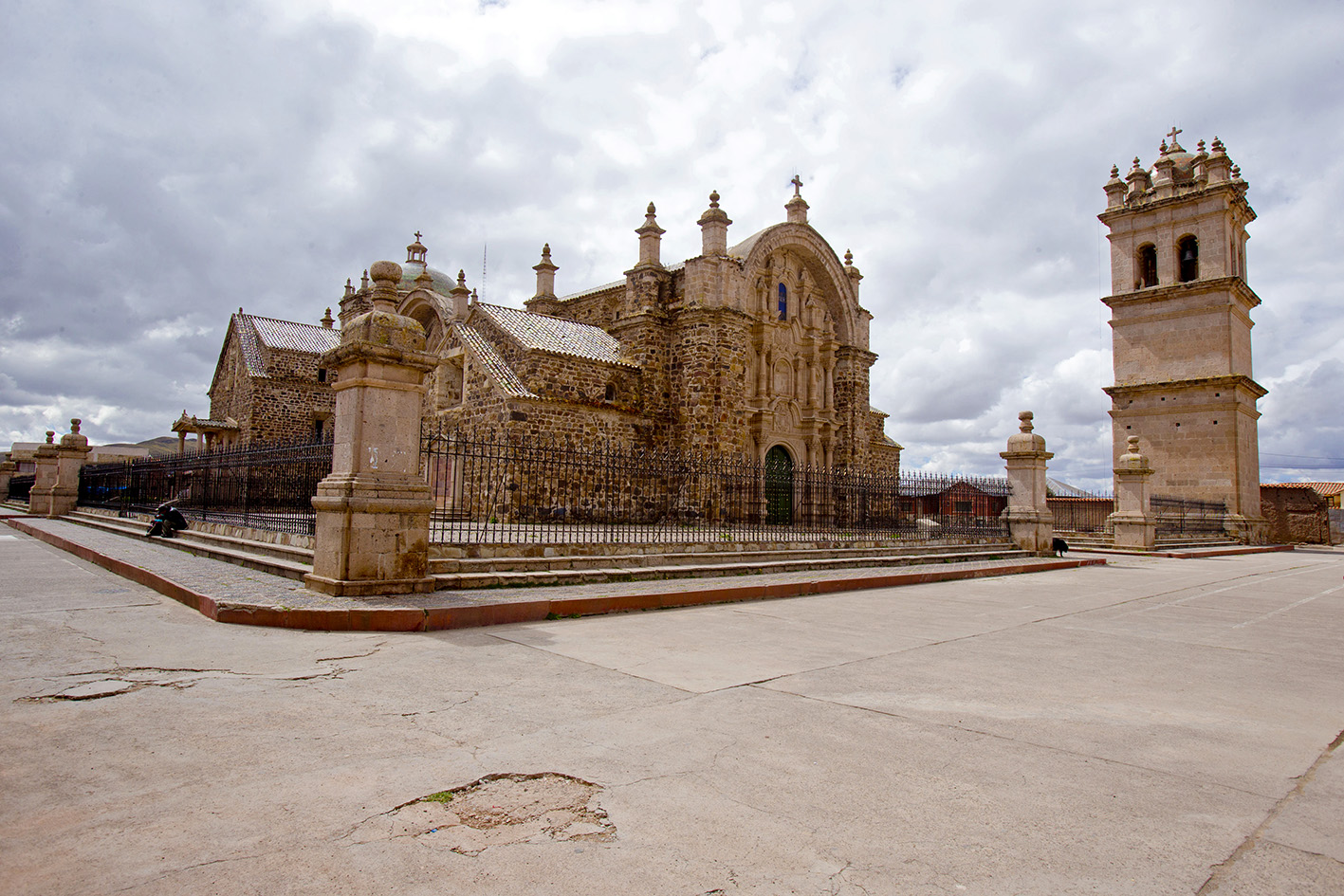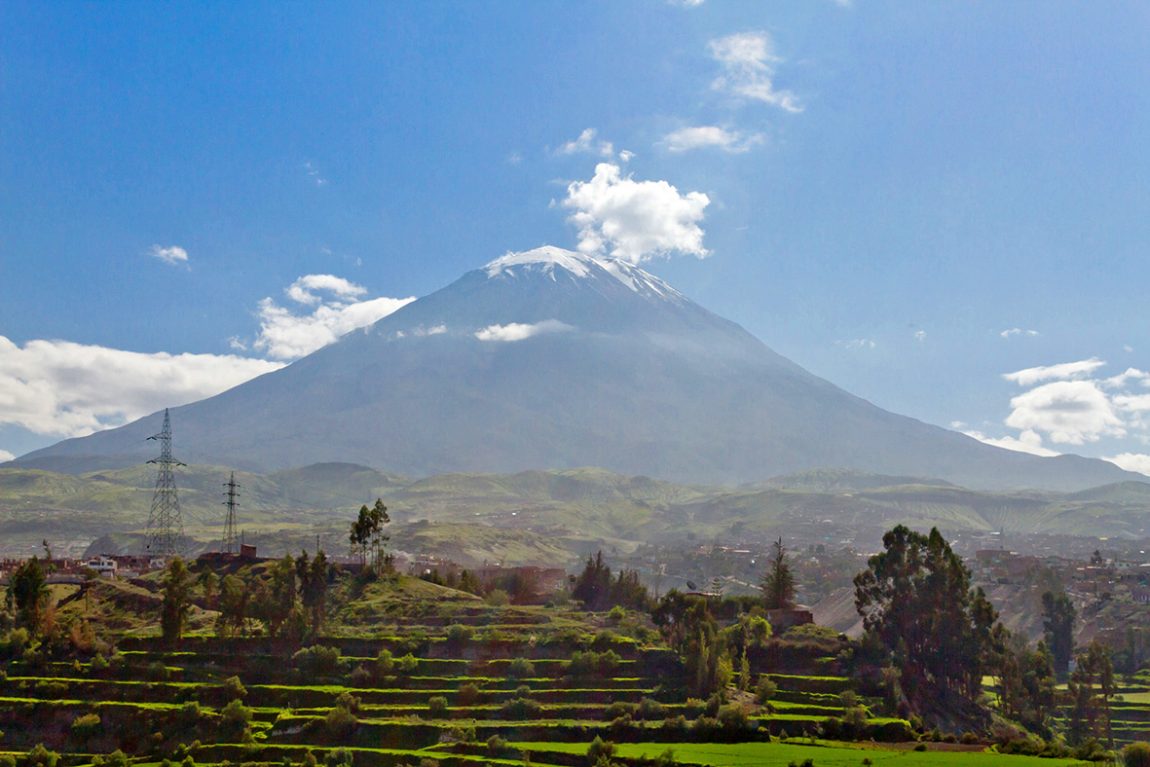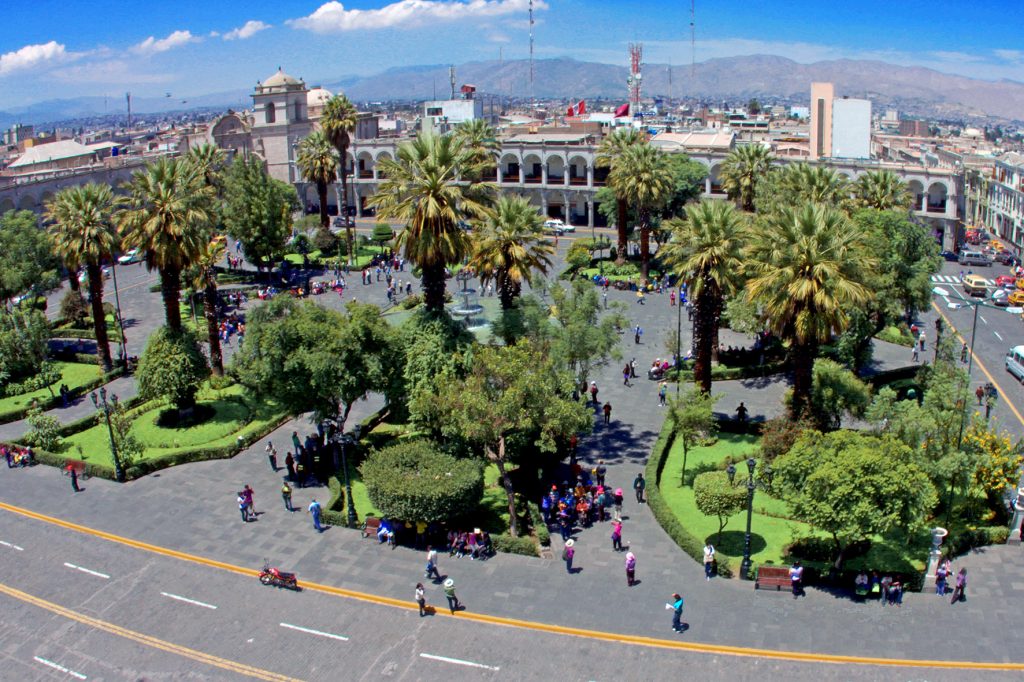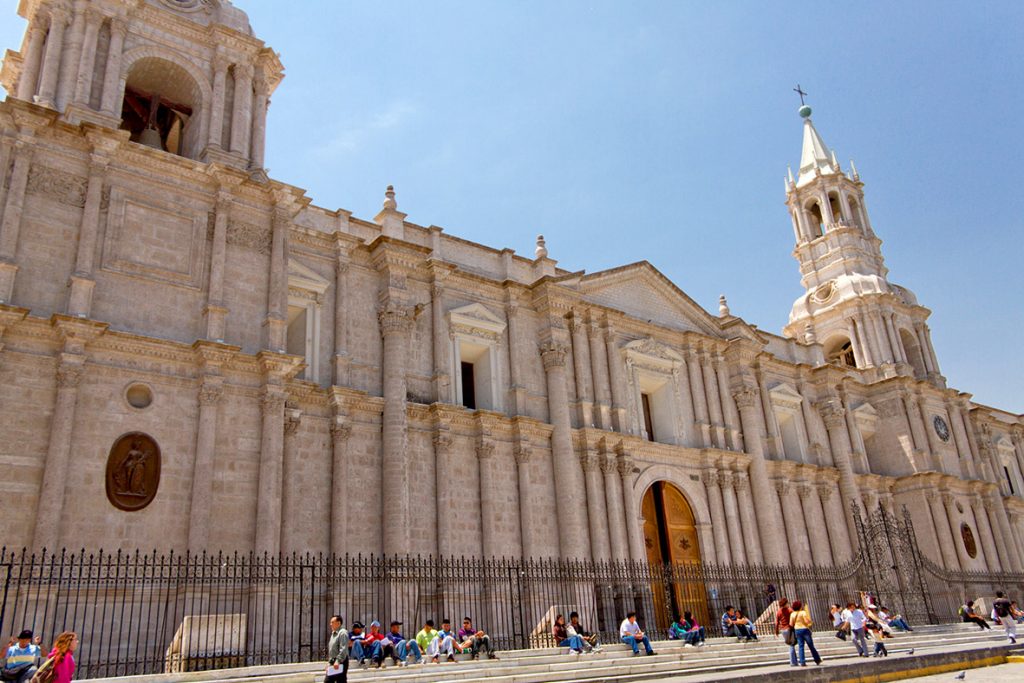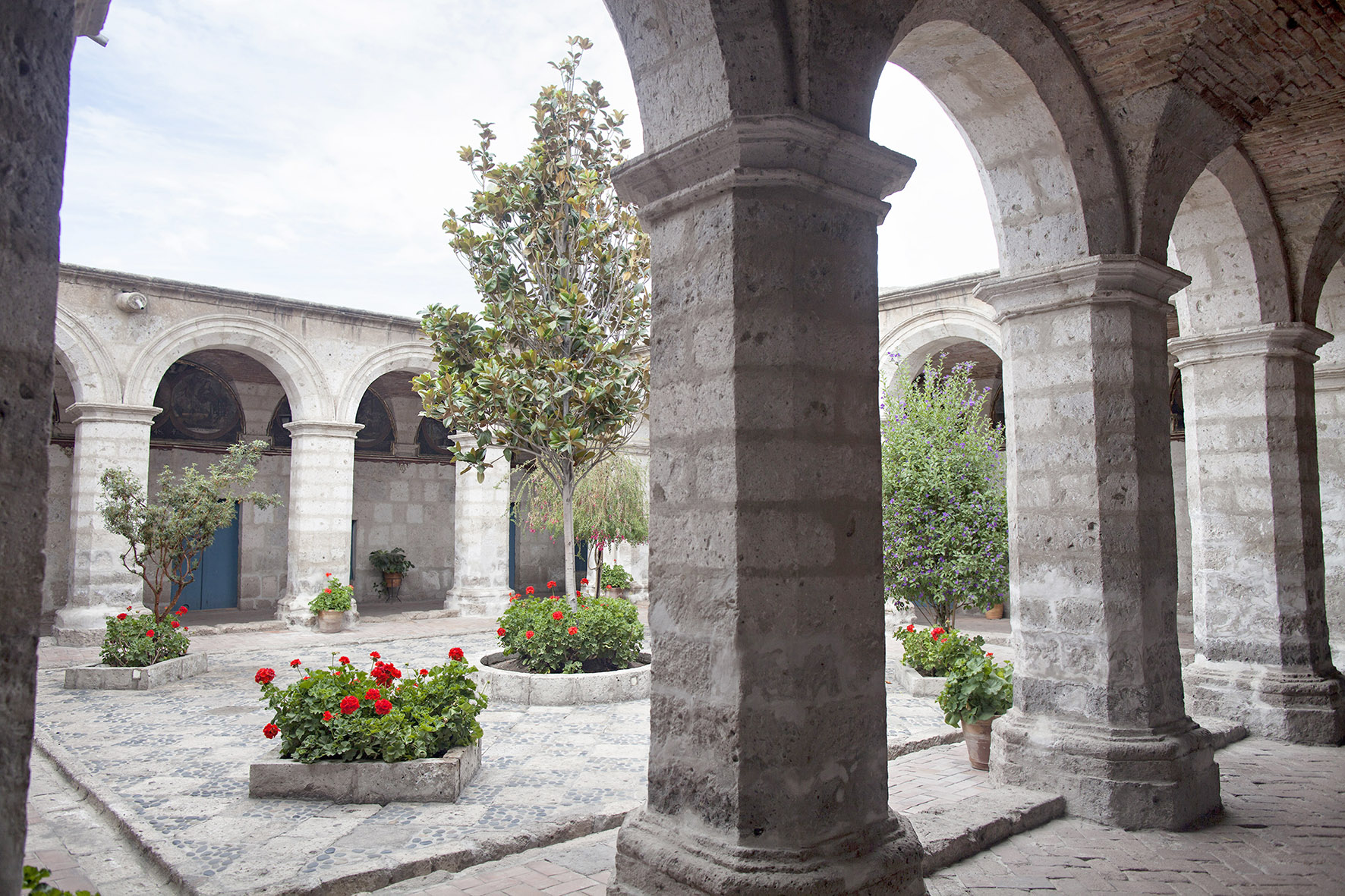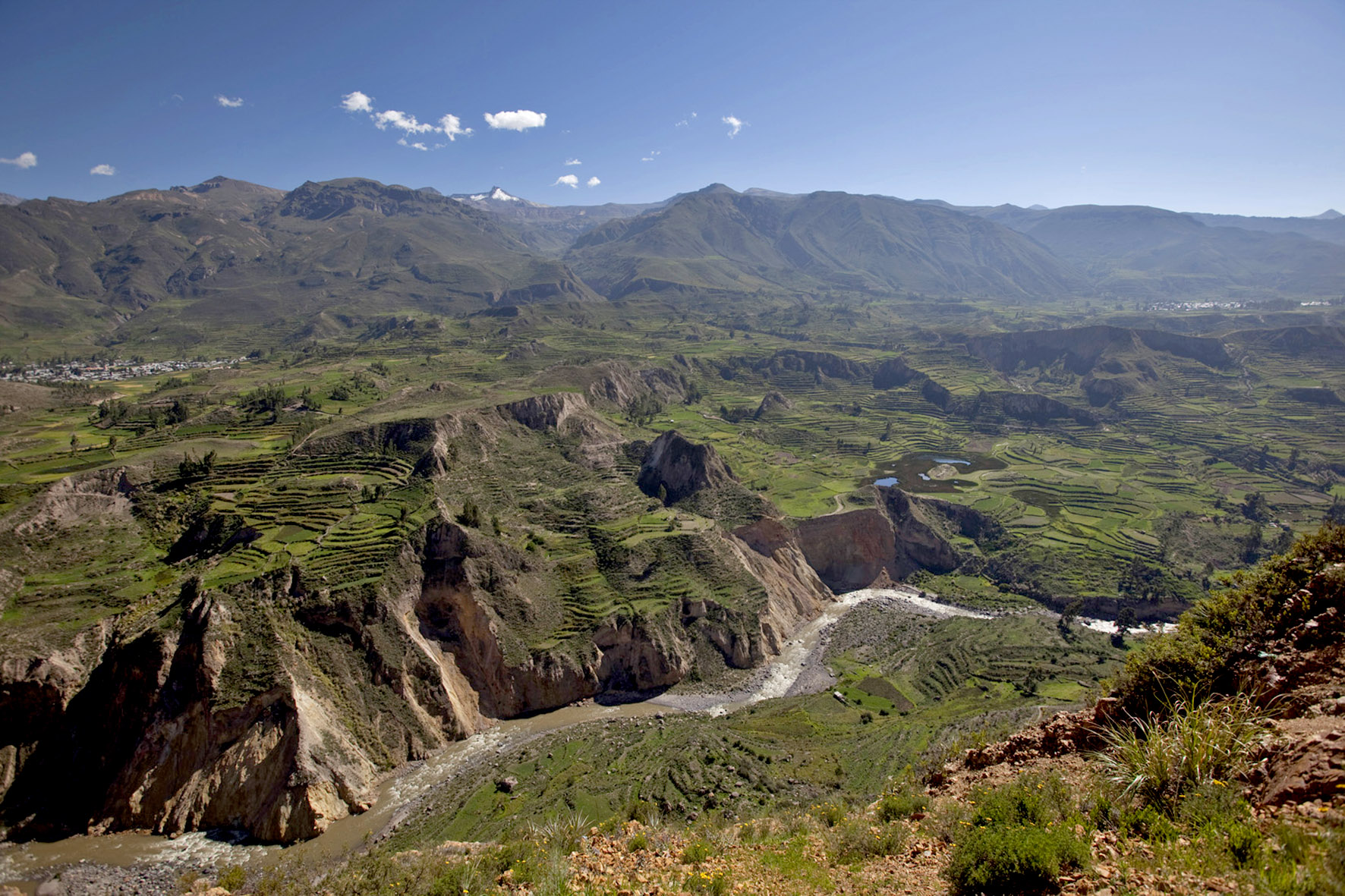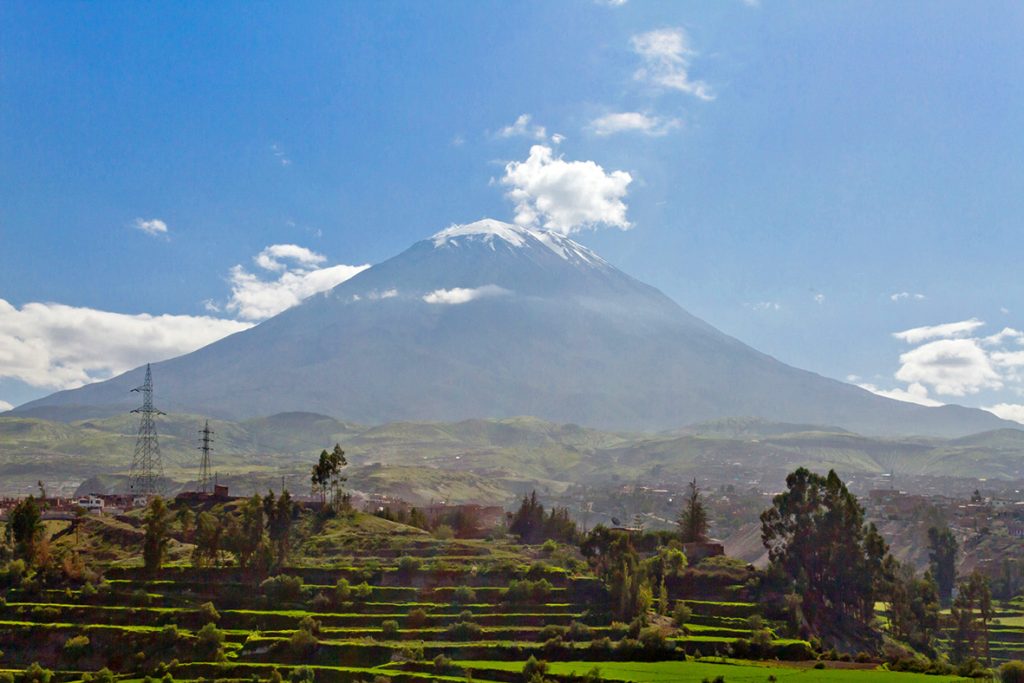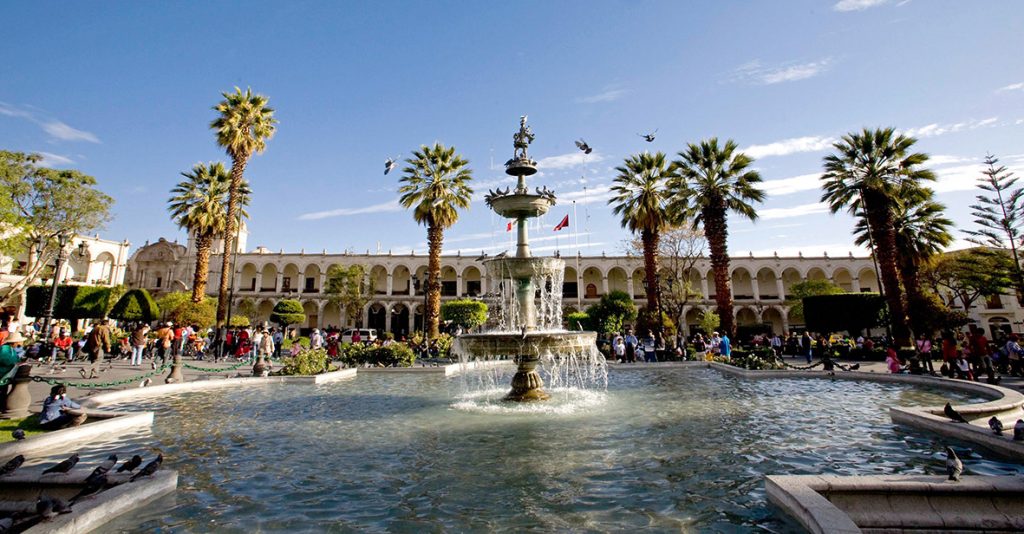While in Lima there are few culinary spots that you should not miss it! Here I want to share with you five restaurants that I highly recommend if you are up for discovering new taste, new ingredients and delicious food in general.
Central Restaurant: Central celebrates the biodiversity of Peru. Fresh product and an inexhaustible curiosity to discover and integrate new ingredients into the menu bring Peruvian cuisine to the forefront in the heart of the traditional district of Miraflores in Lima. Address: Calle Santa Isabel 376, Miraflores
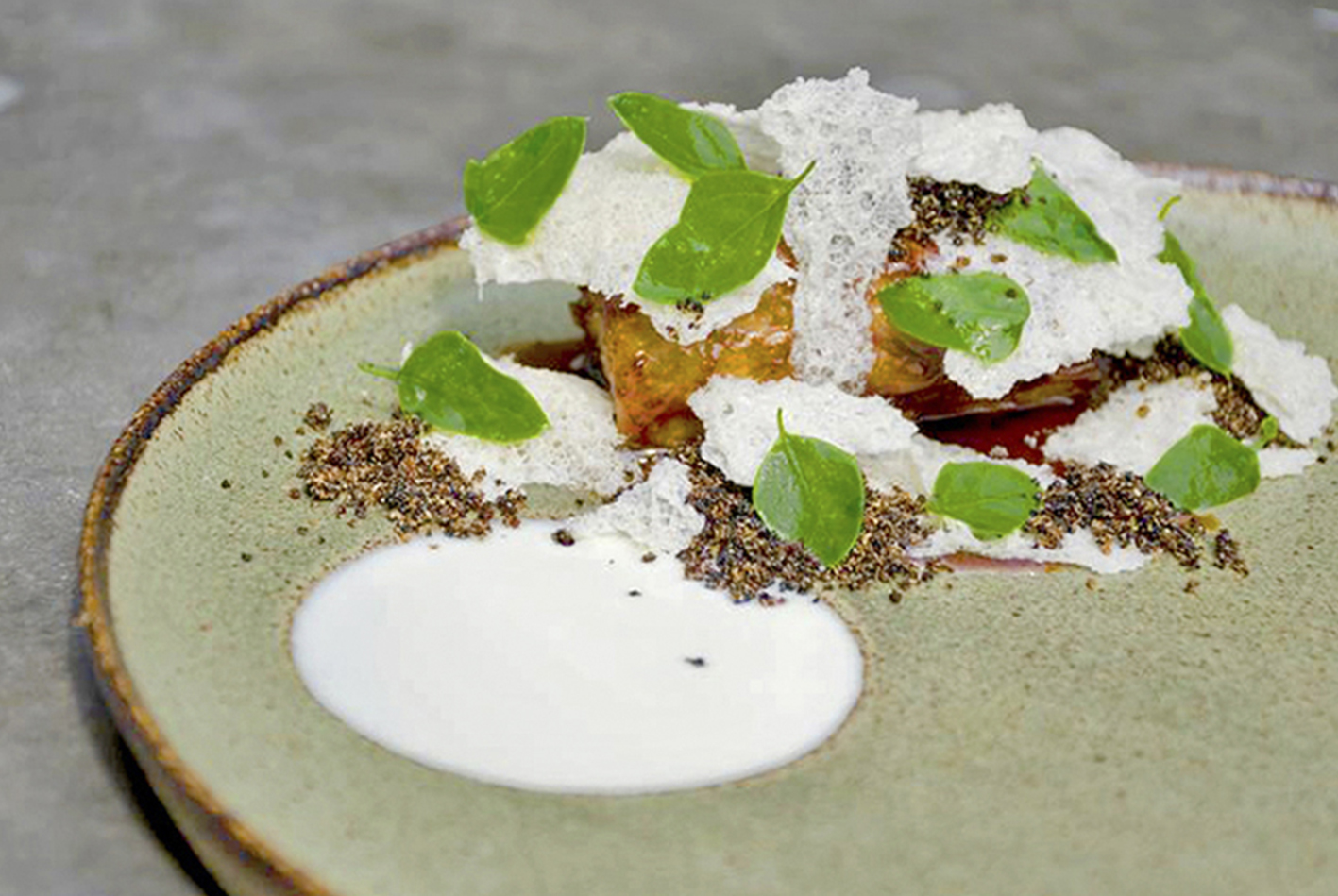
Astrid & Gastón Restaurant: Astrid & Gastón opened in 1995 as a clearly French style restaurant distilled from the owners´ academic training. Astrid and Gaston discovered in themselves a mission to experiment with Peruvian ingredients, draw their inspiration from local traditions, and claim and value a style of gastronomy that every day unveiled itself before their amazed eyes. The tasting menu is a three-hour long unique experience that tells stories about Peru, its products, landscapes, and feelings. This is a long sequence of dishes complemented by art, music and design, typical of each season’s storytelling. Address: Av. Paz Soldán 290, San Isidro
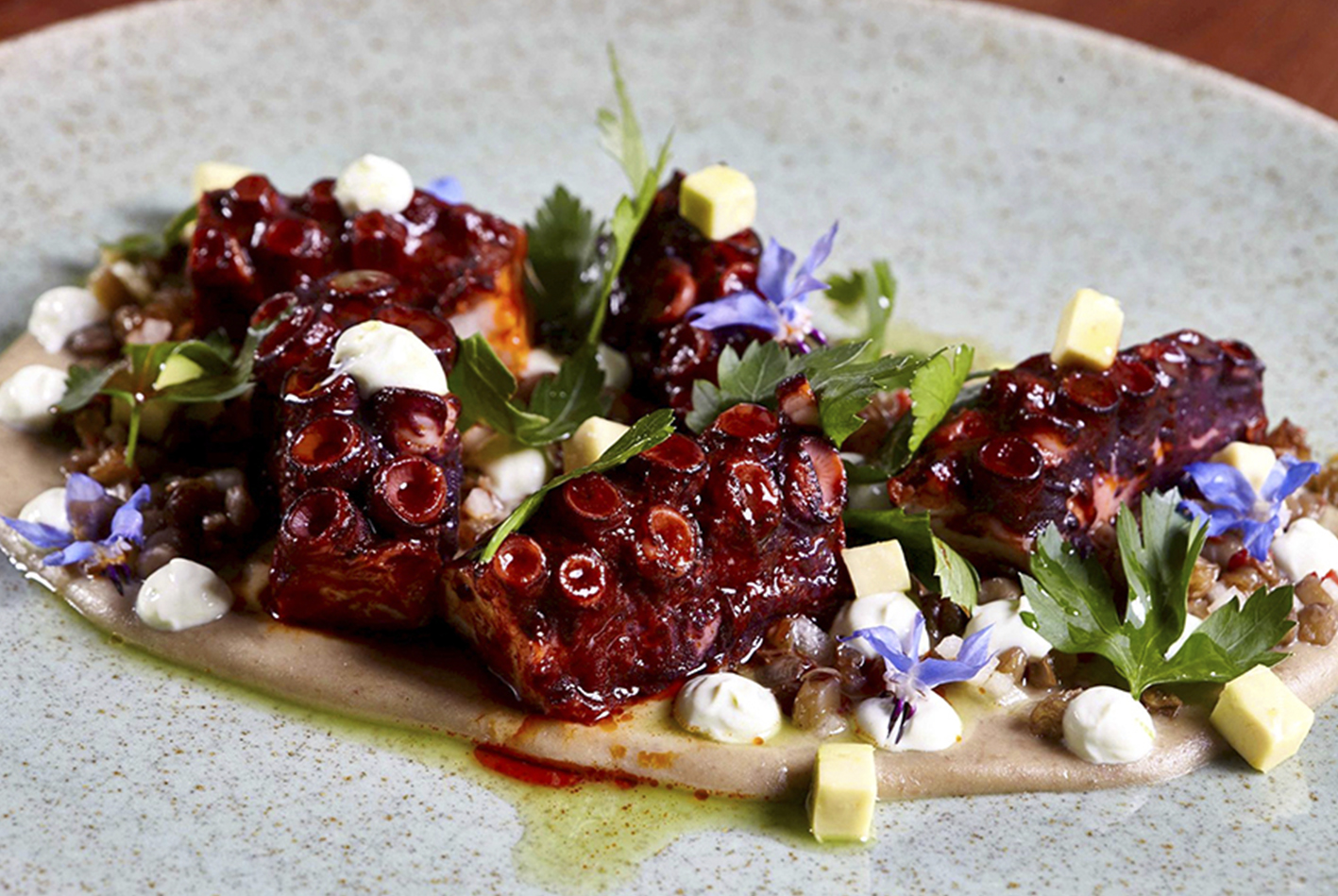
Malabar Restaurant: In this restaurant, Chef Pedro Miguel Schiaffino offers a creative cuisine in which he fusions his Peruvian heritage with the influence of his grandmother and his 4 years of experience working in Italy. The result is a “personal style” of our Peruvian flavors. The style of Malabar is directly related to the products that the Chef uses from all the different regions of our country. His objective is to recover, rediscover, and promote the products that have a high gastronomical potential. The restaurant has a modern decoration, warm ambience, an amazing variety of Piscos and a great bar where you can taste the original recipe of the Pisco Punch. Address: Camino real 101 San Isidro
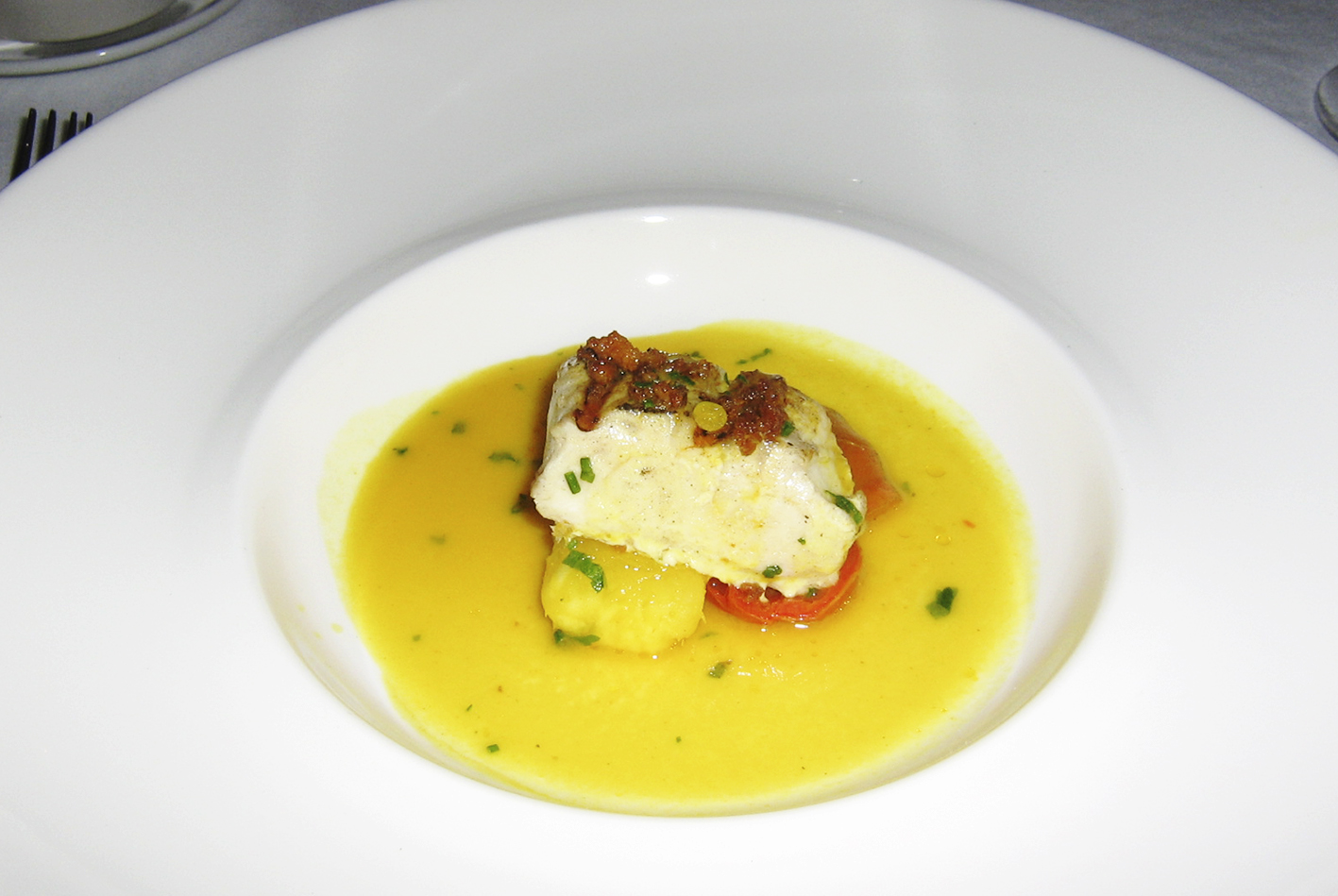
Osaka Restaurant: here you will experience Nikkei cuisine infused with traditional Creole style cooking, which in turn provides new, surprising, and delicious results. In just few year his kitchen has captivated the hearts of food critics from the “Wiken” magazine and “The Daily Mercury”, who proclaim Chef Ciro Watanabe to be a “Revelation Chef” for 2010. Despite all of his accomplishments, his story is only beginning. Address: Indira Miranda: Conquistadores 999, San Isidro

Costanera 700 Restaurant: Its Chef was the first to merge traditional Latin and Japanese cuisine and take the best from two amazing food cultures. This restaurant offers an excellent variety of traditional Peruvian Creole seafood dishes along with delicious Japanese specialties such as sushi and tempura. Both culinary traditions are fused together here along with the different flavors that originate from the Pacific Rim. The décor is oriental style, with plants and subtle lighting augmenting the classy and pleasant atmosphere. Costanera700 offers a mixture of flavours and has now over 25 years of experience in fish and seafood combinations at the Nikkei Style.
Address: Gate 1: Av Del Ejercito 421 – Miraflores; Gate 2: Manuel Tovar 179 (on the back)
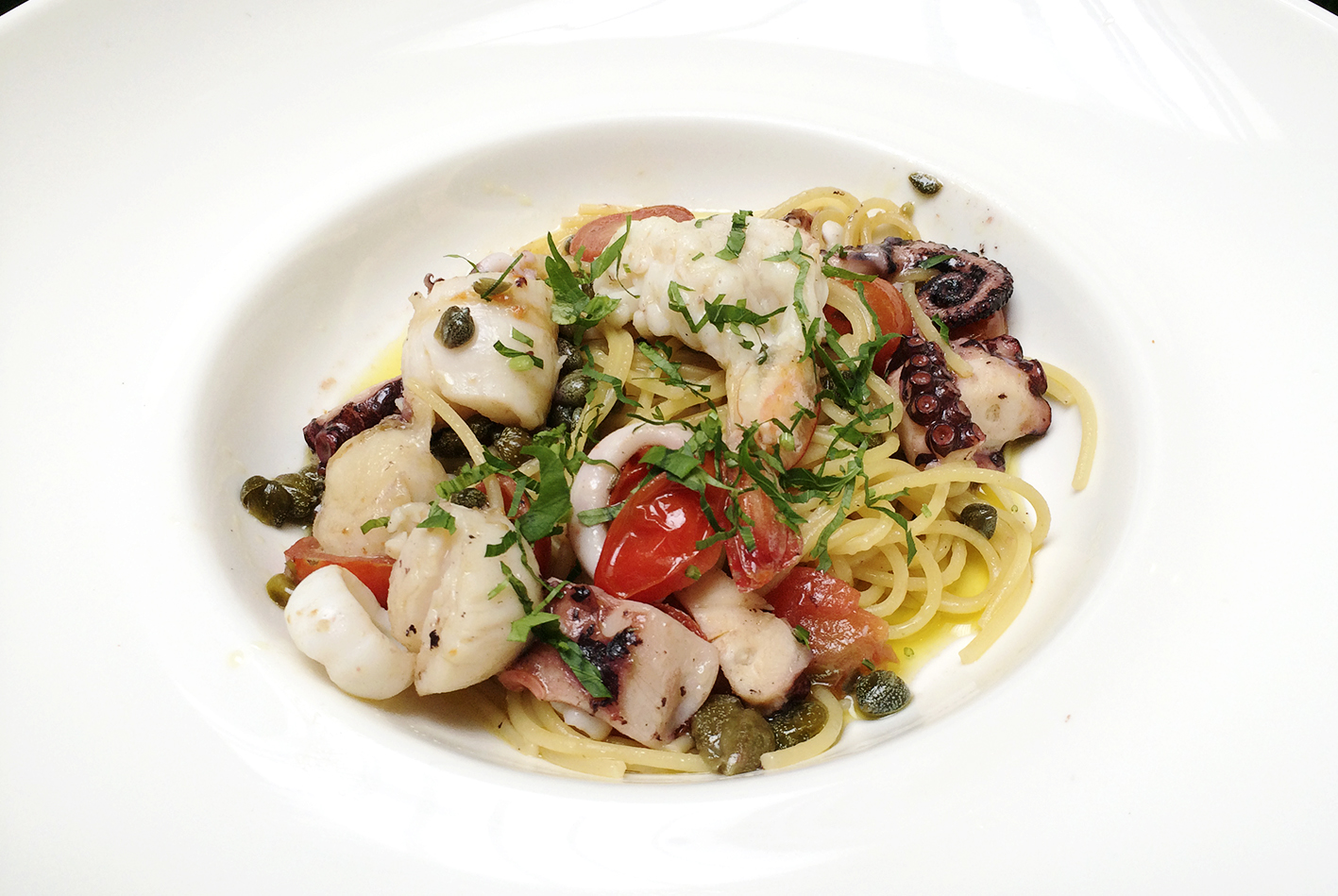
So once in Peru do not forget to pay a visit to these amazing restaurants. One last tip: book your table in advance since the request is extremely high.


